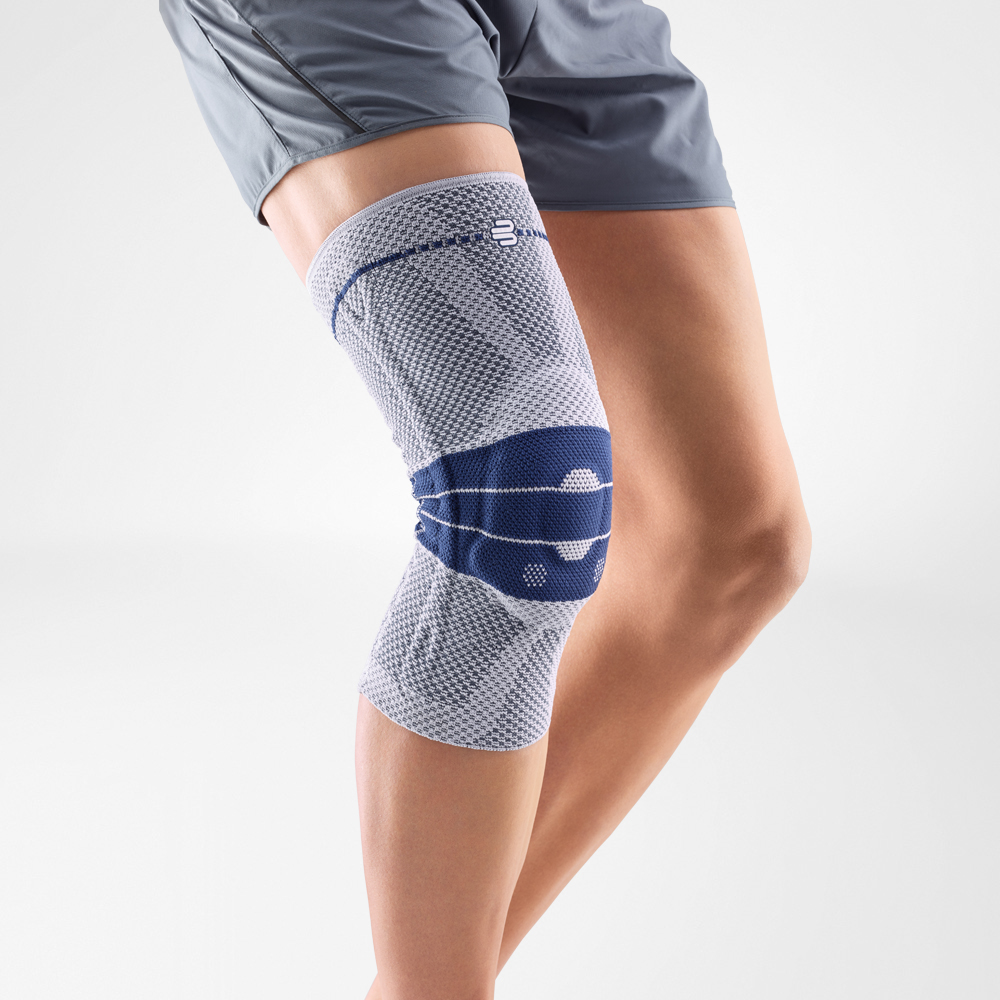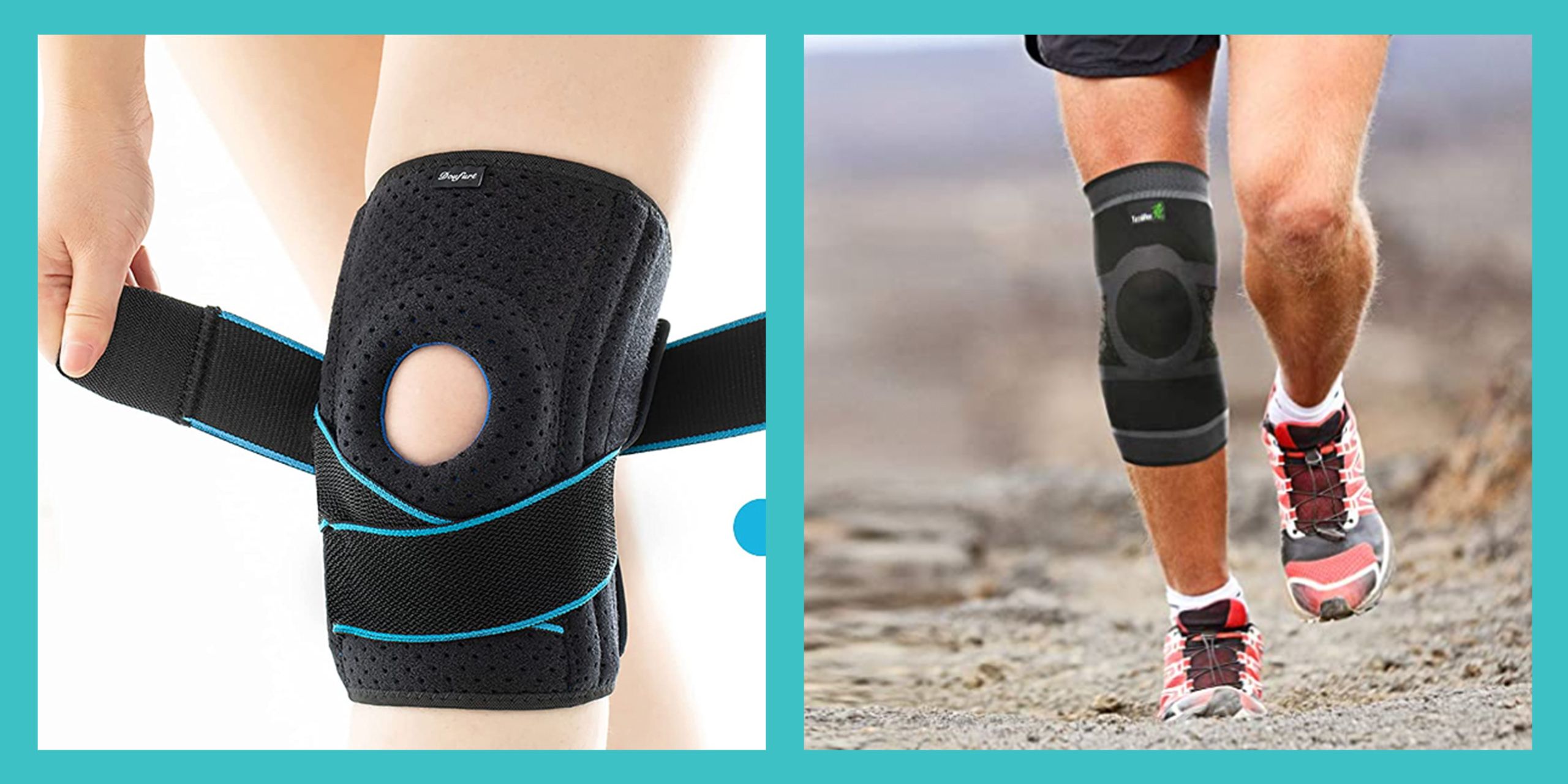In this article, you will learn about the advancements and future trends in knee braces. We will explore the latest technologies and designs that are expected to revolutionize the way knee injuries are treated. Additionally, we will discuss the benefits of using knee braces and how they can aid in the recovery process. Stay tuned to discover what lies ahead for knee braces in 2023.
What are Knee Braces
Knee braces are a type of orthopedic device designed to provide support and stability to the knee joint. They are commonly used to alleviate pain, prevent further injury, and aid in the recovery process. Knee braces come in various types, each serving a specific purpose based on the individual’s needs. Whether you are an athlete looking for added support during sports activities or someone recovering from a knee injury, knee braces can play a significant role in promoting knee health and overall well-being.
Understanding knee braces
Knee braces are medical devices made from a combination of materials such as elastic, neoprene, metal, or plastic. They are designed to fit around the knee joint and provide specific levels of support and compression. The primary function of a knee brace is to limit excessive movements, stabilize the knee, and reduce pain and discomfort. By immobilizing the knee joint to some extent, knee braces allow injured tissues to heal properly while providing additional support for weakened muscles and ligaments.
Different types of knee braces
There are several types of knee braces available on the market, each serving a unique purpose. The four most common types include:
-
Prophylactic (preventive) braces: These braces are designed to protect the knee from potential injuries during high-risk sports activities. They are commonly used by athletes participating in contact sports like football and rugby.
-
Functional braces: Functional braces are primarily used by individuals who have already experienced a knee injury and need stability during physical activities. These braces provide support to the knee joint to prevent further damage while allowing a certain range of motion.
-
Rehabilitative braces: These braces are designed to protect and support the knee during the recovery process after surgery or injury. They are typically larger and more rigid than other types of braces, providing maximum immobilization and support to promote healing.
-
Unloader/offloader braces: Unloader braces are designed to relieve pressure from one side of the knee joint, commonly used by individuals with conditions such as arthritis or meniscus tears. These braces are adjustable and can shift the weight away from the affected area, reducing pain and discomfort.
Purpose of knee braces
Knee braces serve several purposes, depending on the individual’s needs and condition. The primary purposes of using knee braces include:
-
Reducing knee pain and discomfort: Knee braces provide compression and support to the knee joint, which can help alleviate pain caused by various conditions such as arthritis, ligament sprains, or tendonitis.
-
Stabilizing the knee joint: For individuals with weak or unstable knees, knee braces help provide stability and prevent excessive lateral or rotational movements that could lead to further injury.
-
Preventing further injury: Knee braces are often used as a preventive measure during physical activities that pose a high risk of knee injuries. They can provide additional support and protect the knee from potential damage.
Benefits of Knee Braces
Knee braces offer a wide range of benefits, making them an essential tool in managing knee pain, promoting healing, and preventing further injury. The following are some of the key benefits associated with using knee braces:
Reducing knee pain and discomfort
One of the primary benefits of knee braces is their ability to reduce knee pain and discomfort. Whether you are dealing with chronic knee pain or recovering from a recent injury, a well-fitted knee brace can provide targeted compression and support to the affected area. The compression helps reduce swelling and inflammation, while the support provided by the brace helps stabilize the knee joint, alleviating pain and discomfort.
Stabilizing the knee joint
For individuals with existing knee instability or weak ligaments, knee braces offer much-needed stability. Instability in the knee joint can increase the risk of further injury and limit mobility. By providing external support, knee braces help stabilize the knee and prevent excessive movements that could cause damage. This enhanced stability allows individuals to engage in physical activities with reduced fear of causing additional harm to the knee.
Preventing further injury
Using a knee brace as a preventive measure can significantly reduce the risk of knee injuries, especially during high-impact sports activities. Knee braces provide an additional layer of protection, absorbing the impact and minimizing the risk of excessive lateral or rotational movements that could lead to ligament tears or other knee injuries. Athletes engaging in sports such as football, basketball, skiing, or soccer often utilize knee braces to minimize the risk of knee-related injuries.
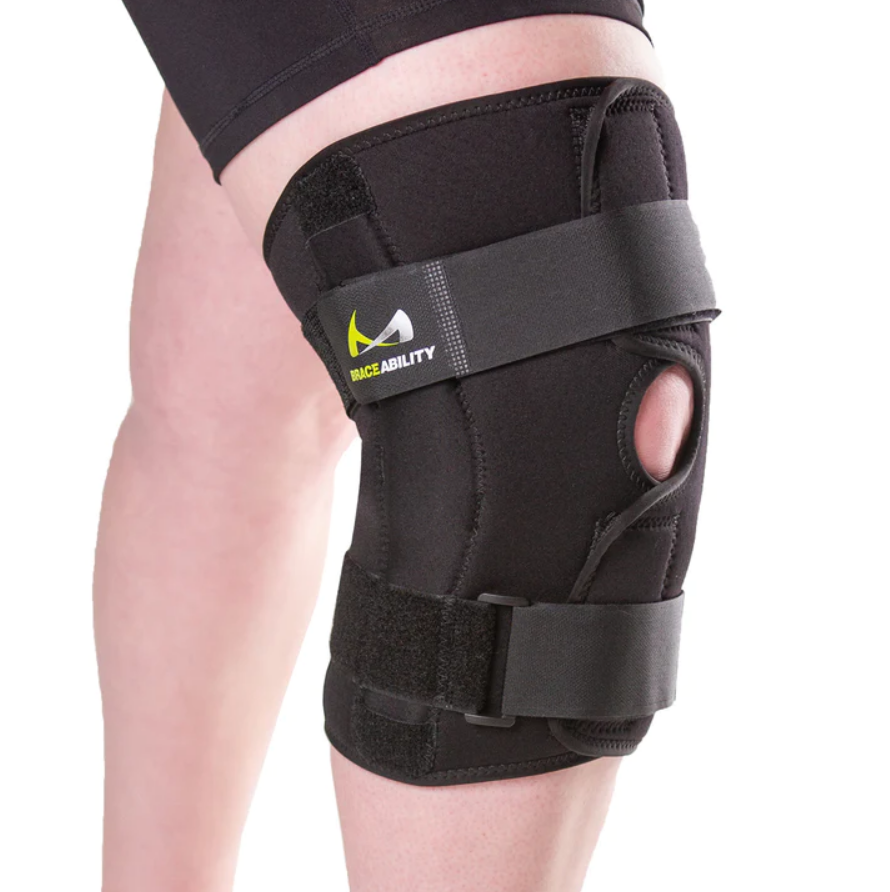
Choosing the Right Knee Brace
Choosing the right knee brace is crucial to ensure maximum effectiveness and comfort. With a wide range of options available, it is essential to consider the following factors when selecting a knee brace:
Consulting with a medical professional
Before purchasing a knee brace, it is recommended to consult with a medical professional, such as a physical therapist or an orthopedic specialist. They can assess your specific condition and recommend the most suitable type of knee brace for your needs. A professional evaluation ensures that you choose a brace that provides the appropriate level of support and stability for your knee joint.
Considering the specific knee condition
Different knee conditions require different types of knee braces. Understanding your specific knee condition, such as ligament tears, arthritis, or tendonitis, will help guide your choice of knee brace. For example, individuals with ligament tears may require a functional or rehabilitative brace, while those with arthritis may benefit from an unloader/offloader brace. Consider the specific needs of your knee condition to make an informed decision.
Finding the right size and fit
Ensuring the correct size and fit of the knee brace is essential for optimal support and comfort. Ill-fitting knee braces can lead to discomfort, skin irritation, or a lack of proper support. Carefully measure your knee circumference and consult the sizing chart provided by the manufacturer. Additionally, consider adjustable or custom-made knee braces for a better fit and personalized support.
Using Knee Braces Correctly
Using knee braces correctly is crucial to maximize their effectiveness and obtain the desired results. Follow these guidelines to ensure that you are using your knee brace correctly:
Wearing the brace properly
It is essential to wear your knee brace as instructed by your healthcare professional or the manufacturer. Position the brace over the knee joint, ensuring that any adjustable straps or closures are securely fastened. Make any necessary adjustments to ensure a snug and comfortable fit. However, avoid tightening the brace excessively, as this may restrict blood circulation or cause discomfort.
Following recommended usage guidelines
Different knee braces may have specific usage guidelines provided by the manufacturer. Some braces may be recommended for all-day use, while others may be suitable only during specific activities. Make sure to read and follow the usage instructions carefully. Using the knee brace as directed will ensure that it provides the intended support and maximum benefits for your knee condition.
Adjusting the brace for maximum comfort
While maintaining the correct position and fit is crucial, it is also important to ensure maximum comfort while wearing your knee brace. Some braces allow for adjustments to be made to suit individual preferences. Experiment with the straps and closures to find a balance between comfort and support. If you experience discomfort or irritation, consult your healthcare professional for guidance.
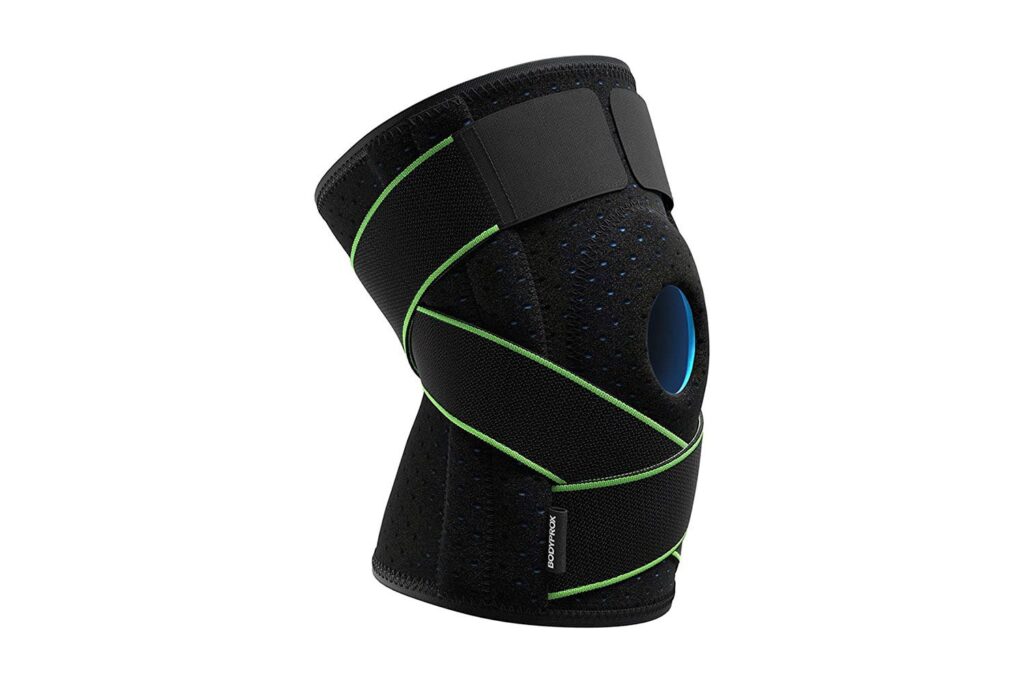
Caring for Knee Braces
Proper care and maintenance of knee braces are essential to ensure their longevity and effectiveness. Consider the following tips for caring for your knee brace:
Cleaning and maintenance tips
Regularly clean your knee brace according to the manufacturer’s instructions. Most knee braces can be cleaned using mild soap and water, but be sure to check for any specific cleaning recommendations or restrictions. Avoid using harsh chemicals or abrasive materials that could damage the brace. Allow the brace to air dry thoroughly before storing it.
Replacing worn-out or damaged braces
Inspect your knee brace regularly for signs of wear and tear, such as fraying straps or loose hinges. If your knee brace shows signs of damage or no longer provides adequate support, it may be time to replace it. Worn-out or damaged braces may not provide the necessary stability or compression, compromising their effectiveness. Consult your healthcare professional for guidance on when and how to replace your knee brace.
Storing the brace properly
When not in use, store your knee brace in a cool, dry place away from direct sunlight. Avoid storing it in excessively hot or humid environments as it may impact the brace’s materials and compromise its functionality. Folding or bending the brace beyond its recommended limits can also lead to damage, so store it in a flat or upright position as recommended by the manufacturer.
How Knee Braces Aid in Recovery
Knee braces play a crucial role in aiding the recovery process for individuals following a knee injury or surgery. The following are some ways in which knee braces assist in the recovery process:
Supporting rehabilitation exercises
Physical therapy exercises are an essential component of recovery after a knee injury or surgery. Knee braces provide stability and support to the knee joint during these exercises, allowing individuals to engage in rehabilitation with increased confidence. The brace helps reduce the risk of re-injury and provides added support to weakened muscles and ligaments.
Assisting in post-surgery recovery
After knee surgery, the knee joint requires time to heal properly. Knee braces help restrict unwanted movements and limit the stress exerted on the surgically treated area. By immobilizing the knee joint and providing support, knee braces aid in the post-surgery recovery process, allowing the tissues to heal while minimizing the risk of complications or setbacks.
Enhancing overall healing process
Knee braces can enhance the overall healing process by promoting proper alignment, reducing inflammation, and mitigating excessive forces that could impede healing. The added stability and support provided by knee braces allow the body to focus on healing the injured tissues, resulting in a quicker and more efficient recovery.

Preventing Knee Injuries
Using knee braces as a preventive measure can significantly reduce the risk of knee injuries, particularly in high-risk activities or sports. Here are some ways knee braces can help prevent knee injuries:
Using knee braces in high-risk activities
High-impact activities such as skiing, snowboarding, or football put significant stress on the knee joint and increase the risk of injury. Utilizing a knee brace can provide added support and protection, reducing the strain imposed on the knee during these activities. By stabilizing the knee joint, knee braces help minimize the risk of ligament tears, sprains, or other knee-related injuries.
Protecting the knee during sports
Sports activities, particularly those involving jumping, sudden stops, or changes in direction, can be hard on the knees. Wearing a knee brace during sports activities can offer an extra layer of protection and reduce the risk of knee injuries. Knee braces provide stability, limit excessive movements, and absorb some of the impact, helping to prevent damage to the knee joint.
Promoting proper knee alignment
Poor knee alignment can increase the risk of knee injuries and lead to conditions such as patellofemoral pain syndrome or patellar tracking disorder. Knee braces can help promote proper knee alignment, reducing the strain on the joint and decreasing the risk of injuries associated with misalignment. They can provide external support and encourage proper tracking of the patella, improving overall knee function and reducing the risk of strain.
Common Myths about Knee Braces
Although knee braces serve a valuable purpose in managing knee conditions and preventing injuries, there are several common myths surrounding their use. It is important to debunk these myths to better understand the true capabilities of knee braces:
Knee braces weaken the muscles
Contrary to popular belief, knee braces do not weaken the muscles. While knee braces provide external support, they do not replace the need for muscle strength. Engaging in appropriate exercises and strengthening the muscles surrounding the knee joint is still essential for long-term knee health. Knee braces simply provide additional support and stability while allowing the muscles to gradually regain strength.
Braces are only for professional athletes
Another common misconception is that knee braces are only necessary for professional athletes or individuals engaged in intense physical activities. In reality, knee braces can benefit anyone experiencing knee pain, instability, or recovering from a knee injury. Whether you are an athlete or simply need support for daily activities, knee braces can provide significant relief and prevent further damage.
Knee braces are uncomfortable to wear
Many people assume that knee braces are uncomfortable and restrict movements. While it is true that some knee braces may initially feel unfamiliar or restrictive, modern knee braces are designed with comfort and flexibility in mind. With advancements in materials and design, many knee braces now offer a comfortable fit, allowing individuals to move freely without compromising support. Finding the right brace and adjusting it properly can greatly enhance comfort.
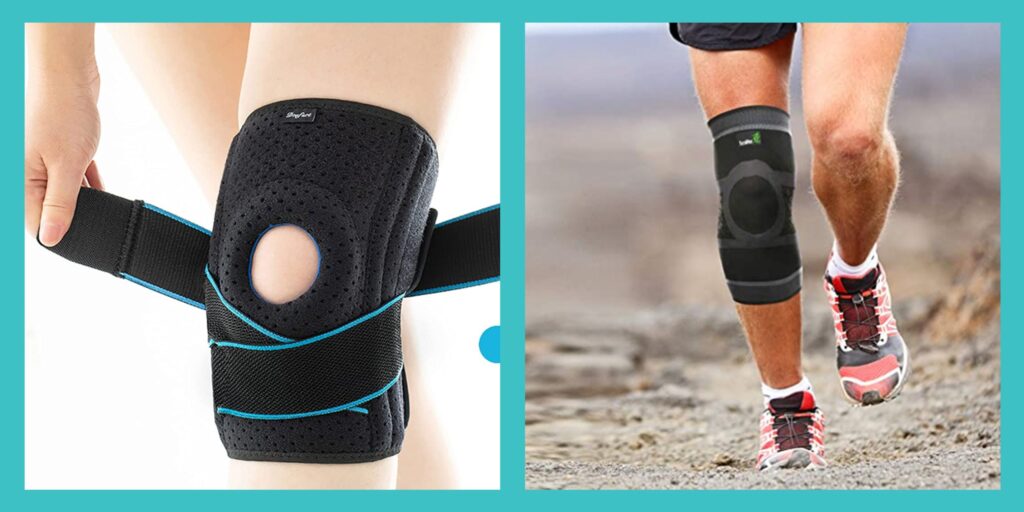
Understanding the Limitations of Knee Braces
While knee braces offer numerous benefits, it is essential to understand their limitations. Knee braces have certain restrictions and may not be suitable for every situation. Here are some limitations to keep in mind:
Knee braces cannot cure underlying conditions
Knee braces are not a cure for underlying knee conditions or injuries. While they provide support, stability, and pain relief, they do not address the root cause of the problem. It is crucial to consult with a healthcare professional to determine the appropriate treatment plan for your specific condition.
Not suitable for severe knee injuries
Severe knee injuries, such as complete ligament tears or fractures, may require more intensive treatment options, such as surgery or immobilization. Knee braces alone may not provide enough support to manage these severe injuries effectively. Seek prompt medical attention for severe knee injuries to ensure the best possible outcome.
Can restrict certain movements
While knee braces offer support and stability, they may limit certain movements. Depending on the type of knee brace, excessive immobilization can restrict range of motion, potentially affecting some physical activities. It is important to choose the appropriate type of knee brace based on the specific requirements of your knee condition or injury.
Conclusion
Knee braces are valuable orthopedic devices that can significantly contribute to knee health, pain management, injury prevention, and the recovery process. By providing support and stability to the knee joint, knee braces alleviate pain, promote healing, and reduce the risk of further injury. It is important to choose the right type of knee brace based on your specific condition, consult with a healthcare professional if necessary, and use the brace correctly. While knee braces have certain limitations, they are proven to be effective in many cases. Utilizing knee braces correctly can help individuals maintain an active lifestyle, protect their knees, and contribute to overall well-being. Consult with a medical professional for personalized advice and ensure proper usage to make the most of your knee brace.
